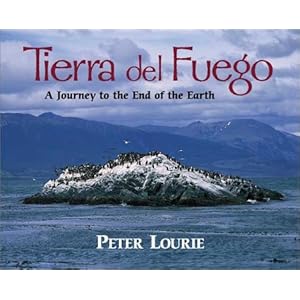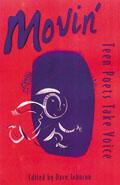 Number the Stars by Lois Lowry is a novel that depicts life during the Nazi invasion on Denmark. Annemarie and her family help a Jewish family escape from Denmark for a better life. The story exemplifies the horror and extreme secrecy that had to be kept in order to help the Jews escape and be free. It is a story of bravery and of challenging times.
Number the Stars by Lois Lowry is a novel that depicts life during the Nazi invasion on Denmark. Annemarie and her family help a Jewish family escape from Denmark for a better life. The story exemplifies the horror and extreme secrecy that had to be kept in order to help the Jews escape and be free. It is a story of bravery and of challenging times. This is a compelling story about the courage one must have to save a life, other than your own. Annemarie's character is one who many people can relate to in similar situations. This is an inspirational story of a loving family who does all they can to save their friends.
Lowry, Lois. Number the Stars. 1989. Reprint. New York: Laurel Leaf, 1998. Print.
Teaching Suggestions for Number the Stars
- Before reading, discuss the holocaust, and the Nazi invasion and search for Jews. Discuss common terms such as, holocaust, concentration camps, Denmark, synagogue,etc.Introduce the story of Number the Stars and the content.
- During reading, draw comparisons to Catch a Tiger by the Toe, and the limitations held upon the Communist party just like the Jewish groups in Denmark. Draw attention to Annemarie and the similarities between her and the character Jamie Morse. Ask content related questions, while reading to monitor comprehension.
- After reading, have students compare and contrast the situation and characters between this book at Catch a Tiger by the Toe. Provide a reflection in the reader's journal.
Holocaust Information for Kids! This website provides information about the holocaust including definitions and other sources especially for kids!
United States Holocaust Memorial Museum Provides historical information about the holocaust. You can access exhibitions and extras to share with your students.








